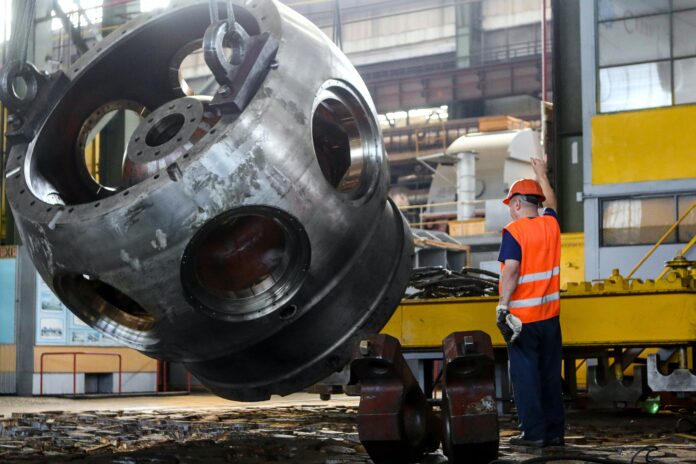Workplace safety is a top priority for any business. One of the key elements to maintaining a safe working environment is Personal Protective Equipment (PPE). This gear shields workers from various potential hazards they may encounter while doing their job. PPE can be the difference between a normal workday and an unfortunate, harmful incident.Â
This informative article delves into the different types of PPE that are crucial for establishing a safe workplace.
Head Protection
A key piece of protective gear is head protection, especially in construction, manufacturing, and other heavy-duty industries. Helmets or hard hats safeguard workers’ heads from various dangers, such as falling objects, impacts, and electrical shocks. The ideal helmet is both comfortable and well-fitting, ensuring it remains secure during movement. Furthermore, it should comply with recognized safety standards for maximum protection.
Eye and Face Protection
Next on our list of essential PPE are tools that protect the eyes and face. These pieces are essential in protecting against chemical splashes, flying particles, intense light, or any other potential eye hazards. Options for eye and face protection range from safety glasses and face shields to goggles.
Moreover, certain work conditions necessitate the use of specialized equipment, like a half-face respirator. This piece of PPE is particularly useful for those working in environments where hazardous dust, fumes, or gasses are present.
Hearing Protection
Workplaces with high noise levels need proper hearing protection. Prolonged exposure to loud sounds can have severe long-term effects on a worker’s hearing. Earplugs and earmuffs are two common forms of hearing protection that can minimize noise exposure. They come in various sizes and styles to accommodate everyone’s comfort and fit.
Hand and Skin Protection
Many jobs require manual work, which emphasizes the importance of hand and skin protection. Certain tasks might expose workers to dangerous substances or extreme temperatures. Protective gloves, whether chemical-resistant or insulated, safeguard the hands against such risks.
Additionally, sleeves provide necessary protection to the arms when handling hazardous materials or operating heavy machinery.
Foot and Leg Protection
Foot and leg injuries can be the result of falling objects, rolling hazards, chemical spills, and electrical shocks. Safety boots, particularly those equipped with steel toe caps, provide excellent protection against such dangers.
In certain work situations, workers might also need additional protection in the form of leg guards, knee pads, or shin guards to prevent injury.
Body and Fall Protection
In industries where there’s a risk of falling or getting hit by moving objects, body and fall protection is a must-have. Safety harnesses, for instance, are commonly used in construction to protect workers from fall hazards. Additionally, depending on the type of work, other body protective items like vests, aprons, coveralls, and body suits may be necessary to shield workers from various dangers.
Respiratory Protection
Finally, respiratory protection plays a crucial role in workplaces with exposure to harmful airborne particles. Simple dust masks are sufficient for some environments, while more complex situations may require full-face respirators for maximum protection.
Specialized PPE
There are instances where standard PPE might not suffice, and specialized equipment is necessary. For instance, in environments with radiation, workers might need lead aprons or full-body suits.
In scenarios where workers are exposed to biological hazards, disposable suits and respirators may be necessary. Welding requires PPE like welding helmets with face shields and flame-resistant gloves.
PPE for Extreme Weather Conditions
Outdoor workers exposed to extreme weather conditions need appropriate PPE to ensure their safety. In hot climates, cooling vests and hydration packs can help prevent heat-related illnesses. In cold conditions, thermal gloves, insulated boots, and heated jackets are essential to protect against frostbite and hypothermia.
In Conclusion
Remember, each workplace has its own unique set of potential hazards. Consequently, the appropriate PPE will vary according to these specific dangers. It’s important to consult safety guidelines and industry regulations to ensure the correct PPE is used. The proper use of PPE goes a long way in fostering a safe and healthy work environment, ultimately promoting worker welfare and productivity.






















